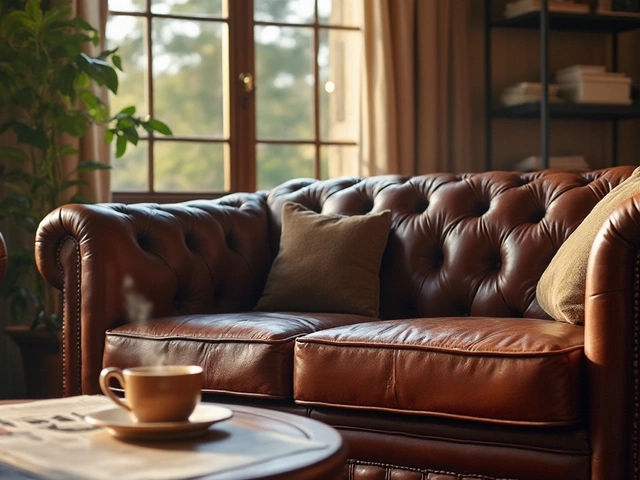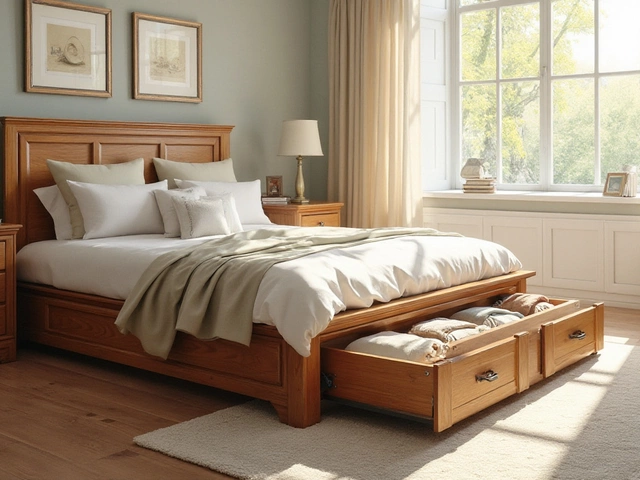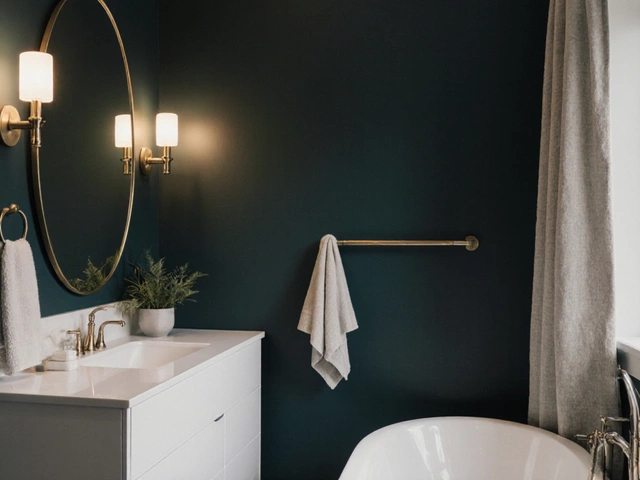Best Type of Bedding: What Actually Matters Most
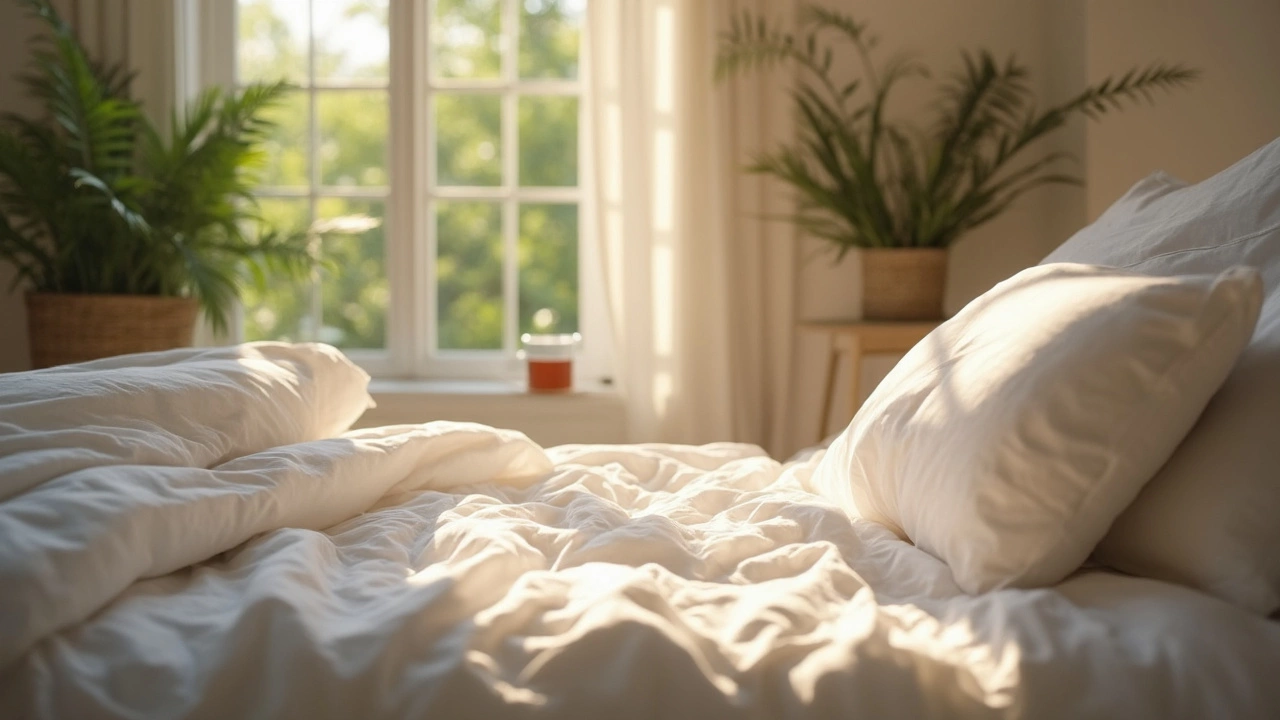
Bedding can make or break your sleep—seriously. If you’ve ever tossed and turned because your sheets felt either too scratchy or way too hot, you know how real this is. But with all the noise about thread counts and fancy fabrics, it’s easy to get lost. Let’s get real about what matters when choosing bedding for everyday comfort.
For starters, not all bedding materials feel or act the same. Some, like cotton, work for just about anyone, while others, like linen or bamboo, shine in specific situations. People who sleep hot or deal with allergies need to think even more carefully about what goes on their bed. And don’t think you have to spend a fortune—sometimes the best bedding for you isn’t the most expensive set in the store.
We’ll break it down so you can decide what’s hype and what’s actually going to help you sleep better tonight. Ready to turn your bed into the spot you never want to leave?
- What Makes Bedding 'The Best'?
- Material Showdown: Cotton vs Linen vs Bamboo vs Blends
- Thread Count: Fact or Fiction?
- Matching Bedding to Your Needs
- Care Tips for Long-Lasting Comfort
What Makes Bedding 'The Best'?
So what separates boring old sheets from bedding you actually love? It’s a few things: how the fabric feels, how well it breathes, how tricky (or easy) it is to keep clean, and how it holds up over time. People talk about looks, but honestly, comfort gets the final vote.
The most important job for any bedding is to help you sleep better. That mostly comes down to these:
- Comfort – Is it soft to the touch, or does it feel scratchy? Fabrics like cotton and bamboo are known for a soft, smooth touch.
- Temperature – Can you sleep cool, or does it trap heat? Good bedding lets air flow instead of making you sweat.
- Easy care – Can you toss it in the wash, or is it a project every time? Some fabrics wrinkle fast or need special washing.
- Durability – Will the sheets start to pill, fade, or tear after a few washes? Higher-quality weaves and natural fibers last longer.
- Health – Do you deal with allergies or super-sensitive skin? Some materials resist dust mites and stay cleaner longer.
Here’s a quick look at what most people prioritize when picking bedding, based on surveys from the National Sleep Foundation:
| Factor | How Many Care (percent) |
|---|---|
| Feel/Softness | 78% |
| Temperature Regulation | 63% |
| Easy to Clean | 52% |
| Appearance/Style | 36% |
| Hypoallergenic | 32% |
See “thread count” on every label? It’s not the whole story. The truth is, the best bedding depends on what you need for your sleep style and how much effort you want to put into laundry day. Think about your priorities—do you want something that feels hotel-level soft or sheets you can wash a million times? That’s how you find what’s best for your bedroom, not just what looks good online.
Material Showdown: Cotton vs Linen vs Bamboo vs Blends
If you’ve ever stared at a wall of bedding in a store, you know the material choices are dizzying. That “best bedding” tag gets tossed around a lot, but each fabric has its own thing going on—and what’s right for one person might drive someone else nuts. Here’s how they stack up in real life:
- Cotton: Probably the MVP of bedding. Cotton is soft, breathable, and easy to wash. If you see “Egyptian” or “Pima” on the label, you’re looking at long-staple cotton—that means it’s usually smoother and lasts longer. Percale weave gives a cool, crisp feel, while sateen weave feels a bit silkier.
- Linen: The choice for hot sleepers. Linen sheets are made from flax and get softer the more you wash them. They wick moisture like a champ and are super durable, but wrinkle easily. If you love that lived-in look and don’t mind a few creases, linen is your friend.
- Bamboo: Gaining a lot of fans lately for being soft, cooling, and eco-friendly. Bamboo sheets tend to be silky and great if you sweat at night. Watch out, though—not every “bamboo” product is made in an earth-friendly way. Look for ones marked “bamboo lyocell” for the lowest chemical processing.
- Blends: Usually a mix of cotton with polyester or other synthetics. They’re budget-friendly, wrinkle less, and dry fast. Downsides: not as breathable, and sometimes they pill (get those little balls of fuzz) after a few washes.
Wondering how these materials compare on a few key areas? Check out the basics:
| Material | Breathability | Feel | Care |
|---|---|---|---|
| Cotton | Great | Soft/Crisp or Silky | Easy |
| Linen | Excellent | Textured/Softens Over Time | Low-fuss, Wrinkles |
| Bamboo | Excellent | Silky/Smooth | Gentle Wash |
| Blends | OK | Varies | Very Easy |
If you care most about breathability, linen or bamboo take the prize. Go with cotton for all-around comfort and ease. Blends are a winner if you hate ironing and want budget-friendly options. But for the best bedding experience, match your choice to what you need most—whether that’s coolness, softness, or just sheets that can handle whatever your week throws at them.

Thread Count: Fact or Fiction?
Let’s clear up the big debate: does thread count really matter? You see it splashed across every sheet package—sometimes even with wild numbers like 1,200. Thread count is just the number of threads woven together per square inch of fabric. Higher can mean softer and thicker, but only up to a point. The Goldilocks range for most folks is between 200 and 500—anything higher is often just a marketing trick or, worse, the result of sneaky double-threading methods that don’t add comfort.
Cotton sheets with a thread count around 300 feel smooth, let your skin breathe, and are super durable. Go above 600, and you might actually end up with something stiff or even more prone to pilling. Why? Manufacturers sometimes twist thinner threads together and count each one, so a 1,000-thread-count sheet can actually be worse than its 300-count cousin. Quality of the cotton or other material matters WAY more. Egyptian or Pima cotton at 300-400 thread count usually feels amazing compared to cheap mystery cotton at 800.
Here’s what you really need to remember:
- Watch for anything above 800 thread count—it’s probably hype.
- The type of cotton (especially long-staple like Egyptian) is more important than thread count alone.
- For the best bedding, look for a balance: smooth, durable, and breathable, not just a big number.
- The weave matters too; sateen feels silkier, percale feels crisp and cool.
Check out this quick comparison so you can spot what’s worth your money:
| Thread Count | Feel | Durability | Breathability |
|---|---|---|---|
| 200-300 | Light, crisp | High | Excellent |
| 300-500 | Soft, balanced | High | Good |
| 500-800+ | Thicker, sometimes heavy | Varies | Can be reduced |
If your sheets feel good and last, ignore the pressure to upgrade to huge numbers. Trust your own comfort, not just the label.
Matching Bedding to Your Needs
So, what’s the best bedding for you? It really comes down to your sleeping habits, the climate where you live, and a few personal preferences. Here’s a real talk breakdown so you don’t have to guess.
If you’re a hot sleeper, go for breathable options like 100% cotton percale or bamboo. Both wick away sweat and stay cool even during summer heat waves. In fact, studies show bamboo sheets can be up to 3 degrees cooler than regular cotton on hot nights. On the flip side, if you get chilly easily or live somewhere that’s always cold, try flannel sheets or heavier cotton sateen—they trap warmth without feeling too stuffy.
- Best bedding for allergies? Look for hypoallergenic sets—think tightly woven cotton or special microfiber labeled for allergies. Also, wash your bedding in hot water weekly. Dust mites (which are common triggers for allergies) can’t handle the heat.
- Got sensitive skin? Pure fabrics like organic cotton or silk are less likely to irritate. Skip blends with polyester or strong dyes.
- Low-maintenance is your thing? Polyester blends last forever and don’t wrinkle much, but keep in mind they can trap heat so they’re better for cooler rooms or winter months.
If you hate making the bed, get a fitted sheet with deep pockets—no more pulling and tugging. And if you’ve ever woken up sweaty under a thick comforter, try switching to a lightweight, all-season duvet. They work for most months, so you’re not stuck swapping bedding with the weather.
Check the basic facts for quick reference:
| Need | Top Bedding Choice | Why It Works |
|---|---|---|
| Hot Sleepers | Cotton Percale, Bamboo | Breathable, moisture-wicking, cool |
| Cold Sleepers | Flannel, Sateen | Warmer, traps heat |
| Allergies | Tight Weave Cotton, Hypoallergenic Microfiber | Mite-resistant, easy wash |
| Easy Care | Polyester Blends | Low wrinkle, durable |
Don’t just buy what looks good on Instagram. What’s on your bed should fit your life. If you do, you’ll actually look forward to crawling under the covers every night.
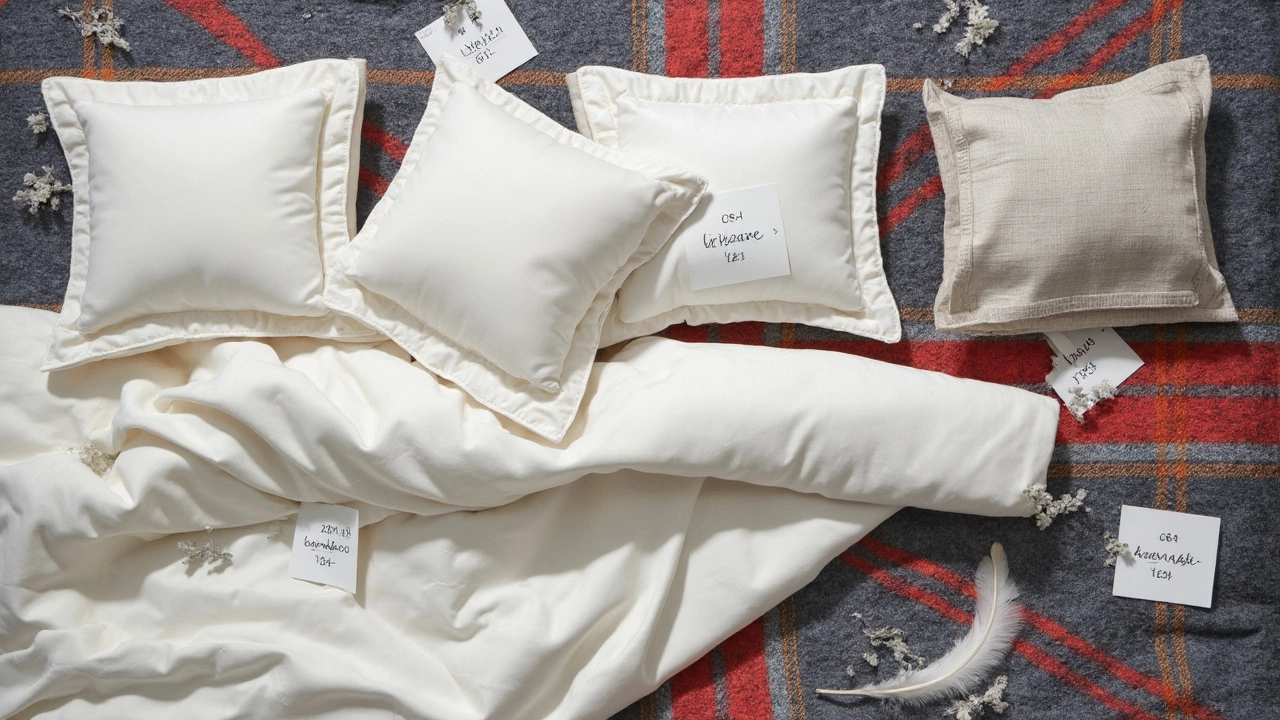
Care Tips for Long-Lasting Comfort
Keeping your bedding soft, fresh, and looking new isn’t rocket science, but it does mean you have to ditch some old habits. First up: hot water isn’t always your friend. For most cotton and linen bedding, cold or warm water does the job just fine. High heat can shrink your sheets and fade those colors faster than you’d think.
If you’re all about bright whites, skip the bleach unless the label says it’s safe. Bleach actually weakens fabric fibers and can make them pill. For stains, go for spot-treating with mild soap and a soft brush.
- Wash bedding every 1-2 weeks to keep sweat, oils, and dust mites under control. (Pro tip: If you have allergies, more often is better!)
- Use a gentle detergent—fragrance-free if you've got sensitive skin.
- Skip fabric softeners. They can coat natural fibers like cotton and best bedding picks, making them less breathable.
- Dry sheets on low or medium heat to avoid shrinking. If you love that crisp feel, line drying works wonders and keeps wrinkles away.
Bamboo sheets need a little extra love: wash them in cold water and don’t overload the machine, since they’re softer and can snag easily. Leave the heavy-duty cycle for towels.
Got linen? It actually gets softer the more you wash it, so don’t be afraid to use those sheets regularly. Just make sure to shake them out after washing and before drying to keep wrinkles minimal.
| Material | Recommended Water Temp |
|---|---|
| Cotton | Cold/Warm |
| Linen | Cold/Warm |
| Bamboo | Cold |
| Microfiber | Cold |
One last tip: Rotate your bedding sets. Having a couple in rotation means less wear and tear and more time to properly clean and dry each set. Your bed will stay comfier, and your sheets will last way longer.

